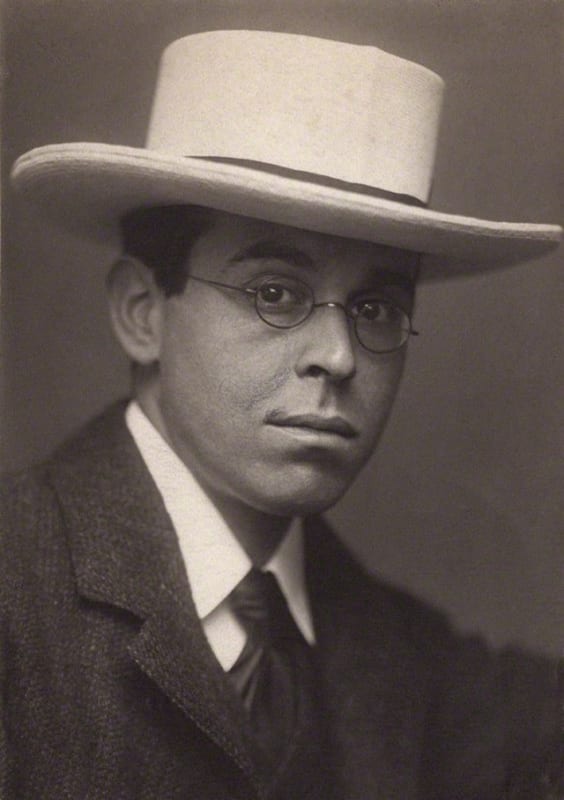William Rothenstein
The gallery handles, acquires and advises on works by William Rothenstein. For more information or the availability of work, please contact the gallery.
William Rothenstein (1872—1945)
William Rothenstein was born in 1872 in Bradford. Referring to Balzac’s La Comédie humaine, Will Rothenstein once said he wished ‘to play the part of Vautrin to [Augustus John’s] Lucien de Rubempré’. John once quipped that Rothenstein could ‘turn wine into water’. They were close for a time despite John’s ribbing, Rothenstein being the older man who had studied at the Slade under Alphonse Legros in 1888-89 and then in Paris at the Académie Julian in 1889-93. He gradually moved back to London in 1894 and made stylish and vivid pastel portraits of literary figures including George Moore, Arthur Symons and Oscar Wilde. He helped to establish the Carfax Gallery in 1899 and facilitated several early exhibitions of Augustus and Gwen John’s work there.
Between 1903 and 1908 Rothenstein painted scenes of Jewish ritual, one of which his friend Sickert described as being ‘of National Gallery quality’. But it was his informal portrait drawings that secured him the greatest public recognition and many eminent figures sat for him. He was one of the best-connected nodes in the art world of his generation, as attested by his three volumes of memoir Men and Memories, and early in the 1900s his home in Hampstead hosted an impressive salon of artists and writers, Max Beerbohm, Jacob Epstein and W.B. Yeats amongst them. He latterly became an effective administrator and committee member as Principal of the Royal College of Art between 1920 and 1935 and a trustee of the Tate Gallery between 1927 and 1933. William Rothenstein died in 1945 in London aged 73.
-

Augustus John
& the First Crisis of Brilliance 26 Apr - 13 Jul 2024 Piano NobileThe exhibition Augustus John and the First Crisis of Brilliance delves into the early works of one of the most important British artists of the 20th century, Augustus John (1878-1961), and examines why he was heralded as the ‘saviour’ of British painting at such a young age.Read more
-

A Celebration of Portraiture
Twentieth-Century Britain 5 Jun - 31 Jul 2023 Piano NobileA Celebration of PortraitureRead more
Portraits from Twentieth-Century Britain
An exhibition in collaboration with the National Portrait Gallery









